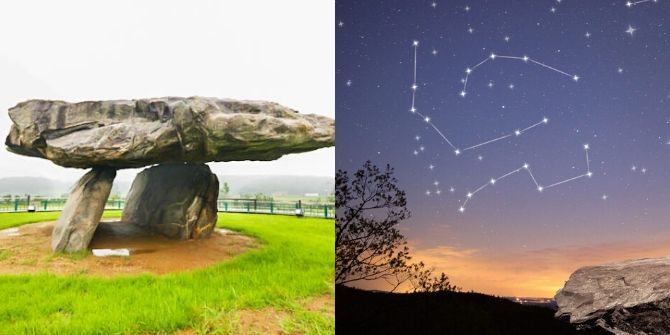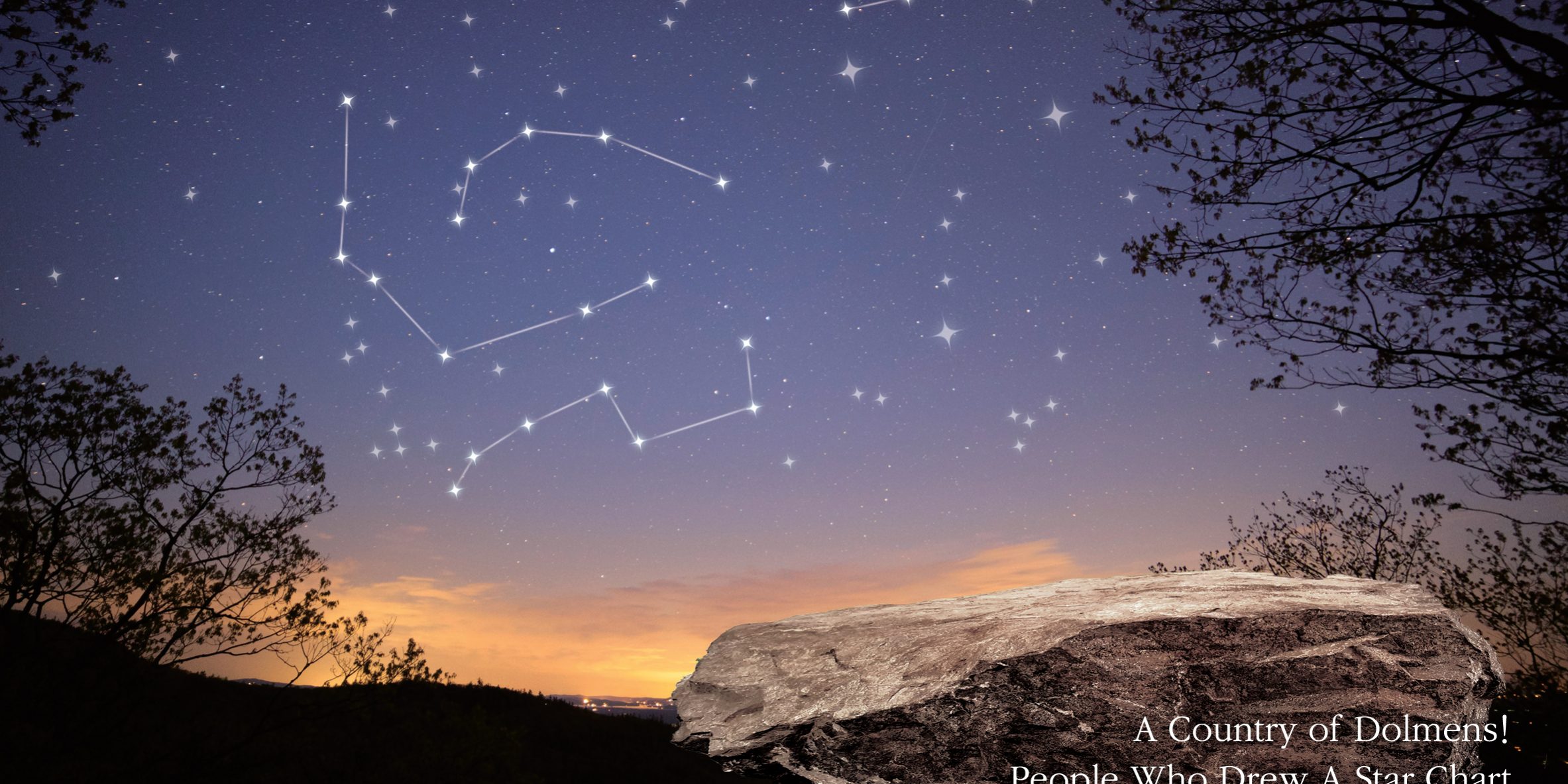10 Ancient Superstitions Believed in Korea, Can Drinking Soju Make You Single?
There are many ancient superstitions still believed by the Korean people. Can drinking soju really make you single?

Kapanlagi.com - Besides its dramas and K-Pop, Korea has many world heritages that are not well known by Kpopers. One of them is about dolmens (stone shaped like a table) that are found in Korea.
Did you know that Korea is the center of dolmens in the world? This is what makes the dolmens found in Korea become World Heritage Sites. Why is that?

© VANK
UNESCO designated dolmens in Gochang, Hwasun, and Ganghwa as World Heritage Sites in December 2000. Korea is called the dolmen country because it contributes 40% of the dolmens in the world. What's even more surprising, some of the dolmens that have been discovered have astronomical carvings that show very accurate star constellations.
According to the Voluntary Agency Network of Korea (VANK), dolmens carved with star graphics were found in Pyongyang in North Korea and Chungcheongbukdo Province in South Korea. These dolmens are called important relics of the Gojoseon Kingdom (2333-108 BC).
Initially, in 1978, an interesting stone slab was found at a dolmen site in Cheongwon City in Chungcheongbukdo Province. The slab has 65 holes of various sizes carved on it. Researchers later found that the holes represent a boat, a small bear, a dragon, and Cassiopeia, which represent the sky around 500 BC.
Ancient star graphics have significant historical value as they reflect the level of science at that time. Star graphics are important evidence for the ancient civilizations of Egypt and Mesopotamia. A stone slab found in North Korea contains a star chart that shows the sky in 3000 BC. In fact, it predates the star chart on ancient Babylonian stones that show the sky around 1200 BC.

The representative dolmen in Ganghwa © visitkorea.or.kr
At the Gochang dolmen site located in Jungnim-ri, Gochang-gun, Jeollabuk-do, there are more than 1,550 dolmens in the area. 596 dolmens were found in the Hwasun area, and more than 120 dolmens were found in Ganghwa. Out of the many dolmens, 447 Gochang dolmens are officially registered with UNESCO.
The representative dolmen in this area is the 'Bugeulli Jiseok Dolmen', a table-style dolmen with a large capstone. It is 5.6 meters wide and 7.1 meters long, supported by two supporting stones that are 2.6 meters high. Until now, the purpose of these dolmens is unknown. However, there is speculation that these dolmens were tombs of tribal leaders or altars for rituals.
(kpl/mit)
Cobain For You Page (FYP) Yang kamu suka ada di sini,
lihat isinya
There are many ancient superstitions still believed by the Korean people. Can drinking soju really make you single?
Korea is not only interesting with its boy groups and dramas. The masculinity culture in Korea is also a must-know for broadening insights.
Said to be delicious, these Korean snacks are considered unique and strange for Indonesians.
Did you know that Korea is rewriting the history of the Old Stone Age?
Did you know? Genta Raja Seong Deok produces a low voice that can last up to 3 minutes. This voice duration is the longest in the world. What other interesting facts are there?
Do you know who Queen Seon Deok is? In fact, she became the first ruling queen in 5000 years of Korean history. At that time, only men could become kings.
There are differences in the shape, length, and material of chopsticks in each country, especially the three countries that will be discussed this time, namely Korea, Japan, and China. What are they like?
Who has watched the Korean drama Queen Seon Deok? Still remember how the queen wore the crown? If you remember its shape, turns out the crown has interesting facts.
King Muryeong's tomb is the only royal tomb from the Three Kingdoms Period that has been identified. How was King Muryeong's tomb discovered?
One of the legacies of the Joseon Dynasty is the royal tombs. It is very rare to have well-preserved royal tombs of a dynasty throughout the world after passing centuries. What are some interesting facts about the royal tombs of the Joseon Dynasty?
This Original Korean Calendar System was created in 1443, or the 15th year of King Sejong's reign during the Joseon Dynasty. What is the history behind its creation?
Have you ever heard of Arirang, a Korean folk song? Here are some interesting facts about Arirang.